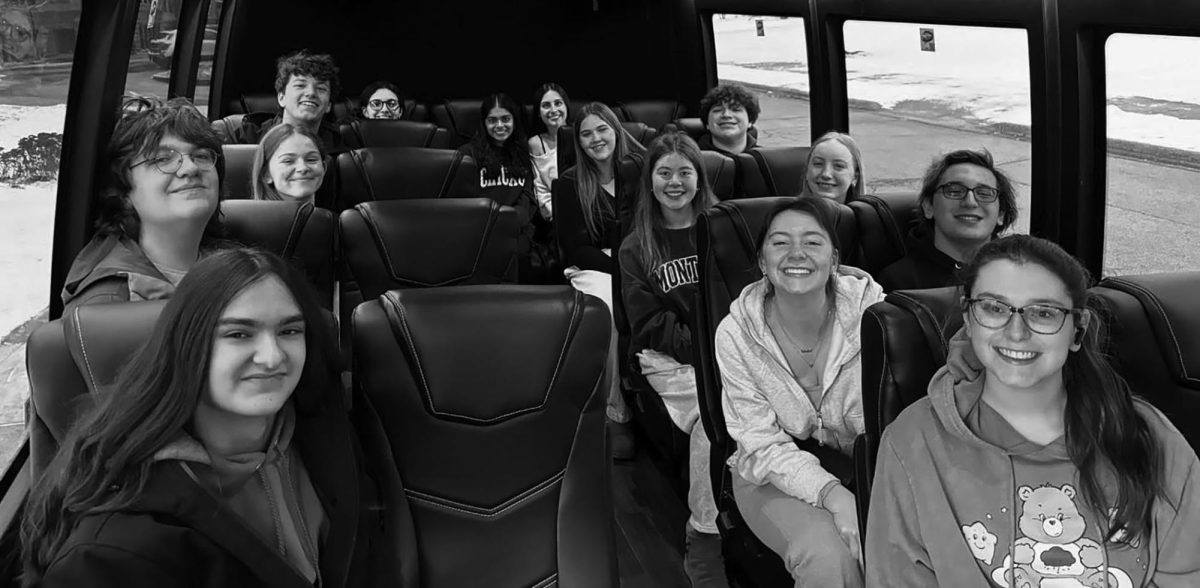With the beginning of fall, LT’s Pollinator Club is already on its way to tending to its native plant garden on the east side of NC’s main building.
Three years ago, club sponsor Patrick Page participated in a project with the Morton Arboretum, helping to plant 48 native trees around NC. Then, he decided to form the Pollinator Club for all students, but it is centered around NC. However, they were not noticed as an official club until just last year.
“We are in a crisis of biodiversity and a crisis of climate change,” Page said. “You might question, ‘What can I do?’ when you can, in fact, address both of these crises in your own backyard. This is what we are teaching people to do.”
Page’s main goal is to make an impact on society for at least 10 years and hopes that students involved will be able to apply what they have learned in the future.
“I never recognized these things before, but now I can recognize and point them out,” club member Genevieve Harmount ‘25 said. “It’s really satisfying to put time into something and see a change. When I started, we didn’t have much, but now, I can look at the Purple Coneflowers and say, ‘wow, I did that.’”
Club member Megan McManus ‘25 joined at the end of her junior year when she got involved through her friend who was recruiting people to help dig out a flower bed.
“Plants just make the space that someone is in 10 times more inviting and enjoyable,” McManus said. “The impact has not just improved curb appeal. While we were planting the new beds this summer we saw many native insects, butterflies, and animals that have not been seen around LT in years.”
The NC gardens have attracted many new species of plants and animals in recent years. With new additions of Purple Coneflowers, Bottle Gentian, Showy Goldenrod, White Wood Aster, Meadow Blazing Star, and the large implementation of Milkweed in order to attract and raise monarch butterflies. Due to this, the Pollinator club has seen a drastic increase in the number of monarch butterflies throughout the garden.
“I hope that one day, aside from just the East side of the building, we can make the infrastructure to maintain this project around the entire building,” Page said.
Pollinator Club is almost entirely self-funded. They create and sell their own T-shirts that help raise money to buy supplies needed to maintain the garden and new plants. All T-shirts are designed by LT art students.
The club had its first meeting on Sept. 5, where they took a tour of the garden, saw the monarch butterfly larvae growing in the library, and planned how they would conquer the fall load of planting bulbs for spring and splitting and moving other plants. The club hopes to have their fall workload accomplished within the following weeks if the weather permits.






















![Movie poster for '[Rec]" (2007).](https://www.lionnewspaper.com/wp-content/uploads/2023/04/rec-640x900.jpg)








